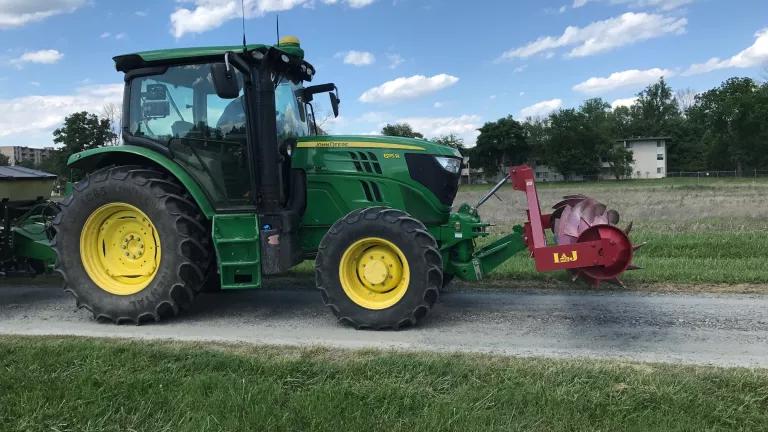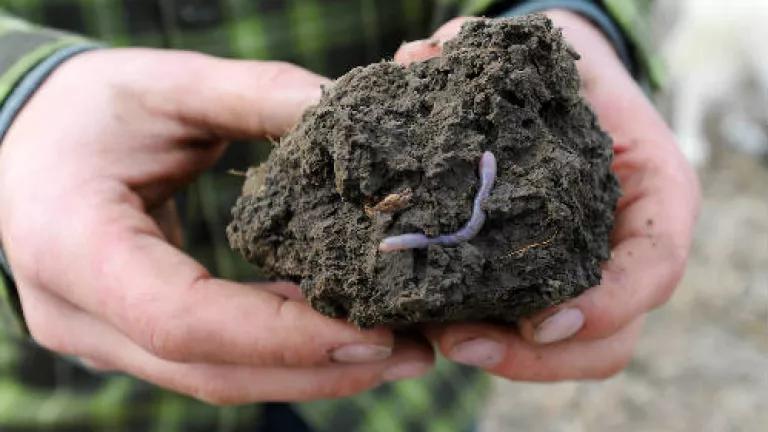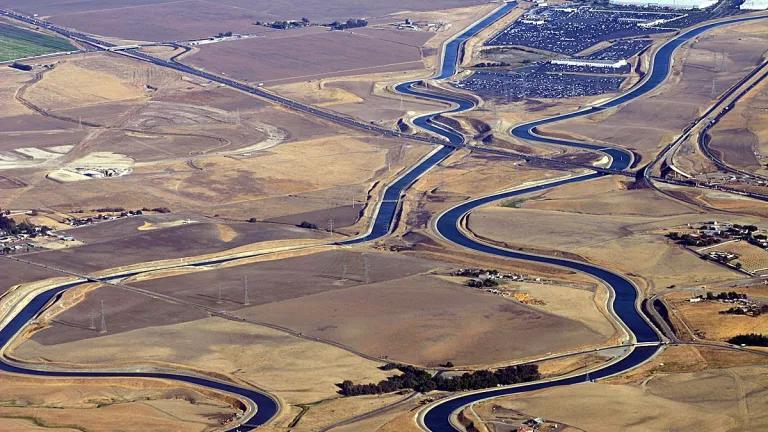Why the Next Farm Bill Should Encourage Cover Crops

1. Cover Crops Help Farmers’ Bottom Line
For the fifth year in a row, USDA’s Sustainable Agriculture Research and Education (SARE) Center and Partners have released their annual survey on cover crop use, and once again, the survey finds cover crops can benefit a farmer’s bottom line by increasing crop yields. Surveyed farmers who used cover crops in 2016 reported that, following a cover crop, average crop yields increased by 1.3% for corn, 3.8% for soybeans, and 2.8% for wheat (wheat yields were a new feature of this year’s survey).
This year’s survey also found that cover crops helped 69% of farmers control herbicide-resistant weeds. This is significant to the environment as well as to farm productivity. Herbicides (like glyphosate) and pesticides can be harmful to bees and butterflies. As these products are used year after year, weeds and pests can become more resistant, meaning farmers may have to buy more and more chemicals to treat tougher and tougher weeds. Eventually, the herbicides can stop working all together, leaving farmers in predicament. If cover crops can help suppress weeds, then farmers can cut back on use of expensive herbicides that may ultimately not even work in the long run.
2. Cover Crops Create Opportunities for Small Businesses
Farmers are also planting more acres to cover crops than before. When SARE first surveyed farmers on cover crop use in 2012, the average number of cover crops planted per farmer was 217 acres. In 2016, farmers planted an average of 400 acres of cover crops. The increasing popularity of cover crops provides a number of opportunities for small businesses, including seed dealers, ag retailers, and farm equipment specialists. As the rural economy lags in recovering from the recession, public policy makers should jump on opportunities to help businesses in agricultural areas.
3. Cover Crops Benefit the Public Interest
At NRDC, we’ve advocated for policies that encourage cover crops and other soil building practices because of the environmental bottom line. Healthy soil means cleaner water, fewer greenhouse gases in the atmosphere, and more carbon sequestered in the soil. Healthier soil also means that farms will be more resilient to the extreme weather impacts of climate change, including floods and drought. While it is exciting to know that cover crop use is on the rise, we know that there is still only a small percentage of US cropland planted to cover crops—it was less than 5% as of the 2012 Agricultural Census.
The upcoming Farm Bill (a new one could be written as soon as 2018) gives lawmakers a chance to encourage more cover crops and better soil health. A recent story in Politico highlighted the need for improvements in the crop insurance program to encourage more cover crops and more diverse crop rotations (rotating crops is a key principle of good soil health). For example, NRDC supports incentives for cover crops within the Federal Crop Insurance Program (FCIP), like a good stewardship discount for planting cover crops.
NRDC will be releasing a new report of our recommendations for crop insurance later this year—stay tuned!




